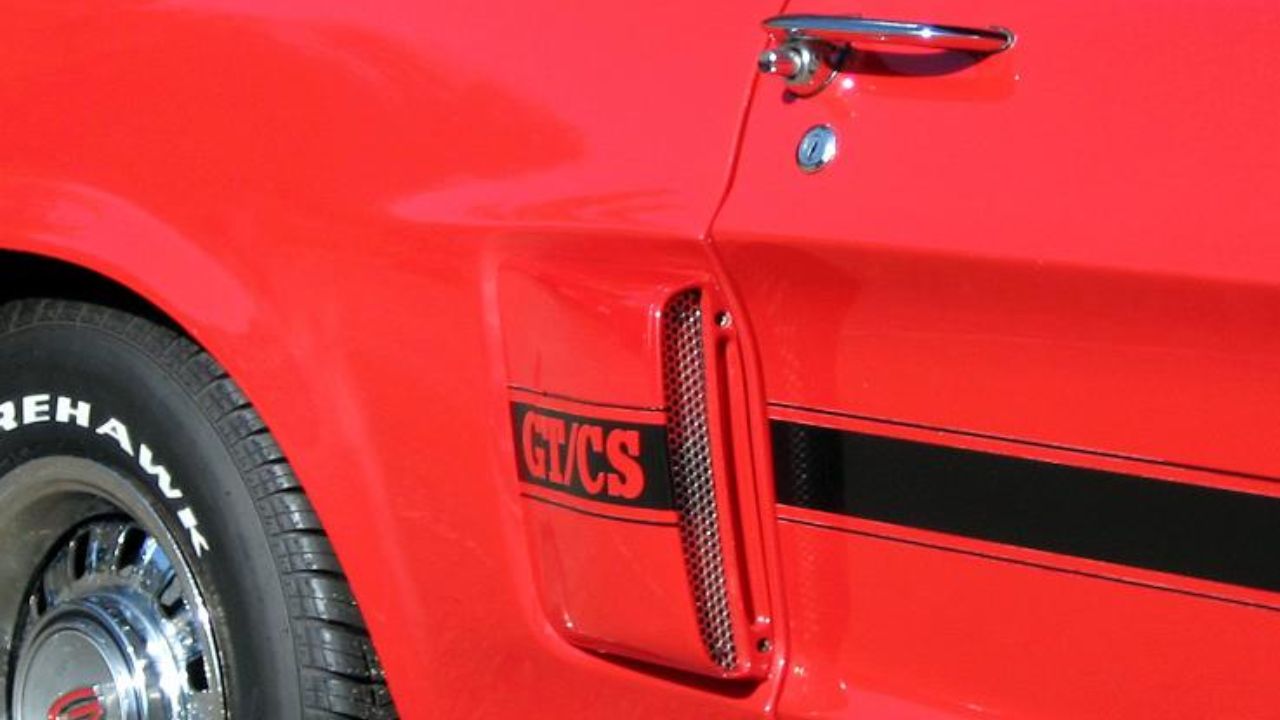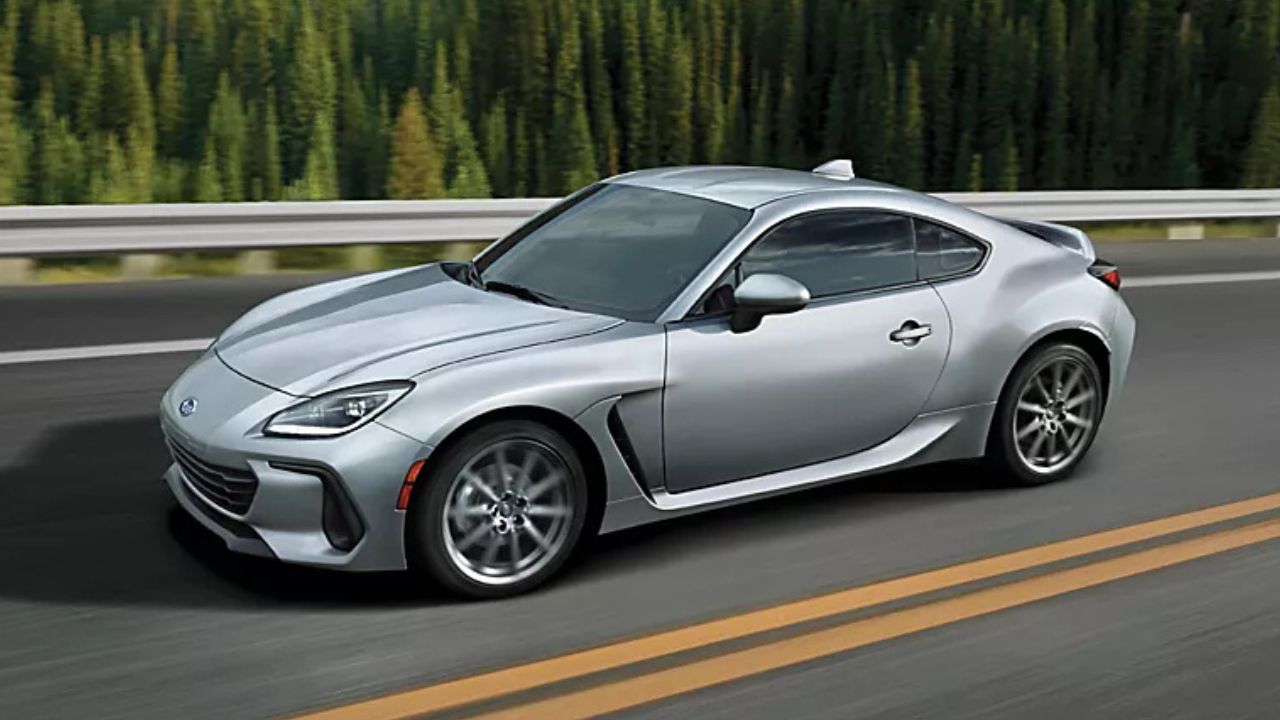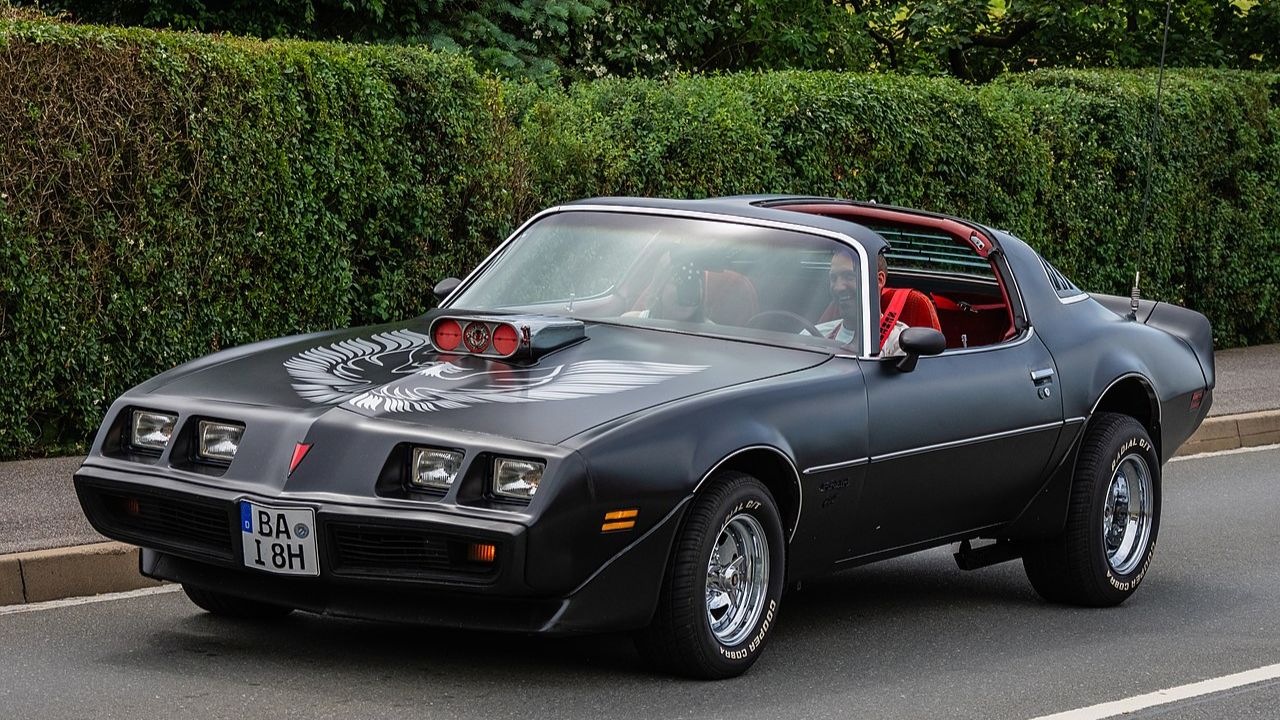The 1993 Mitsubishi 3000GT VR-4 stands out as a quintessential example of Japanese engineering prowess, offering a blend of performance and technology. As a twin-turbocharged tourer, it made waves in the sports car market of the early ’90s, attracting enthusiasts with its cutting-edge features and exhilarating drive.
The Birth of a Legend

The Mitsubishi 3000GT, also known as the GTO in Japan, was born out of a desire to create a high-performance sports car that showcased Mitsubishi’s technological capabilities. During the 1990s, the automotive scene was ripe with innovation, and the 3000GT emerged as a formidable competitor. It was a time when Japanese manufacturers were pushing boundaries, and the 3000GT was Mitsubishi’s answer to the growing demand for technologically advanced sports cars.
The design philosophy of the 3000GT VR-4 was rooted in creating an aerodynamic and aggressive-looking vehicle that could stand toe-to-toe with its contemporaries. Its sleek lines, pop-up headlights, and wide stance were not just for show; they were meticulously crafted to enhance performance and handling. Mitsubishi positioned the 3000GT VR-4 as a premium sports car that could rival the likes of Nissan’s 300ZX and Toyota’s Supra, aiming to capture the attention of enthusiasts seeking both style and substance.
Performance and Engineering

At the heart of the 1993 Mitsubishi 3000GT VR-4 lies a 3.0-liter V6 engine, which is a marvel of engineering in itself. This powerhouse was equipped with a twin-turbocharging system that significantly boosted its performance capabilities. Delivering an impressive 300 horsepower and 307 lb-ft of torque, the VR-4 was a force to be reckoned with on the road. The twin-turbo system ensured rapid acceleration and a thrilling driving experience.
One of the standout features of the 3000GT VR-4 was its advanced all-wheel-drive and four-wheel steering systems. These technologies contributed to its exceptional handling and stability, making it a joy to drive on both straights and curves. The VR-4 could sprint from 0 to 60 mph in just about 5.4 seconds, a testament to its performance-oriented engineering.
Technological Marvel

The 3000GT VR-4 was ahead of its time, featuring active aerodynamics that were rare in production cars of the early ’90s. The adjustable rear spoiler and front air dam worked in tandem to optimize the vehicle’s aerodynamic profile, enhancing both stability and fuel efficiency. This was not just a sports car; it was a technological showcase.
Inside the cabin, the VR-4 boasted an array of electronic advancements. The Electronic Controlled Suspension (ECS) allowed drivers to switch between different suspension settings, tailoring the ride quality to their preferences. The interior was equally impressive, featuring a digital dashboard that provided essential driving information at a glance. The premium sound system added to the luxurious feel, ensuring that the driving experience was as enjoyable as it was exhilarating.
Ownership Experience

Driving impressions from owners of the 3000GT VR-4 often highlight its dynamic performance and everyday usability. The car was praised for its responsive handling and the sheer thrill it offered. However, owning a 3000GT VR-4 was not without its challenges. The car’s complexity meant that maintenance demands were higher than average, and some owners reported reliability concerns, particularly with the electronics and turbo system.
Despite these challenges, the 3000GT VR-4 has cultivated a dedicated fan base. Enthusiasts continue to celebrate this model, maintaining a vibrant community that shares tips, stories, and restoration projects. The passion for the 3000GT VR-4 is palpable, and its legacy lives on through these devoted owners.
Legacy and Impact

The influence of the 3000GT VR-4 on modern sports cars is undeniable. It was a pioneer in demonstrating how technology could enhance performance without compromising on comfort or style. The car’s cutting-edge features have inspired contemporary designs, particularly in the realm of active aerodynamics and electronic systems.
Today, the 3000GT VR-4 holds a special place in the hearts of collectors. Its collectability and market value have seen an upward trend, making it a sought-after classic. Culturally, the car has made its mark with appearances in various media, further cementing its status as an iconic vehicle.
Comparative Analysis

When compared to its rivals, such as the Nissan 300ZX and Toyota Supra, the 3000GT VR-4 held its own in terms of performance and features. Each of these cars offered something unique, but the VR-4’s technological advancements set it apart. Its all-wheel-drive system and active aerodynamics were features not commonly found in its contemporaries.
Globally, the 3000GT VR-4 received a warm reception, particularly in markets like Japan and the United States. Over time, the 3000GT evolved, with Mitsubishi making improvements and refinements until its eventual phase-out. While it may no longer be in production, the 3000GT’s legacy endures, influencing both enthusiasts and the design of modern sports cars.







Leave a Reply